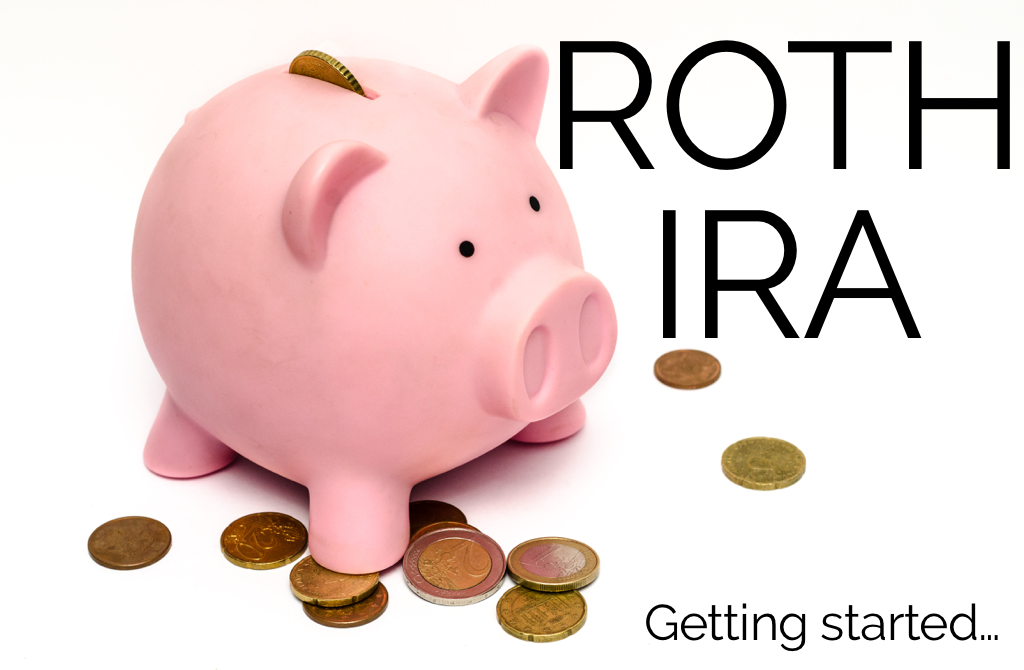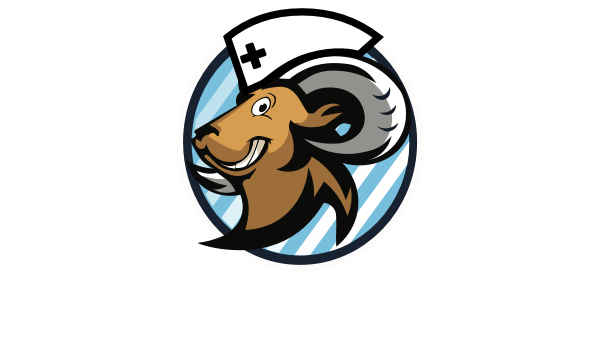Guide to Getting started with a Roth IRA
You don't have to be in your 20s or 30s anymore to start investing! If you're one of these folks who want to learn more about Roth IRAs - or just generally interested in how it can help you build wealth for retirement - we've got all the answers you need here.

In this day and age, many people are working longer than ever before, so it's easy to lose track of retirement savings. The good news is that you don't have to be in your 20s or 30s anymore to start investing, which means there's no excuse not to start saving now! If you're one of these folks who want to learn more about Roth IRAs — or just generally interested in how it can help you build wealth for retirement — we've got all the answers you need here. This post covers everything from eligibility requirements and contributions limits to withdrawal restrictions and other benefits (like tax-free growth).
What is a Roth IRA?
A Roth IRA is a retirement savings account funded with after-tax dollars. This means that the money you contribute comes from your paycheck and is not directly taxed by the government. You can open a Roth IRA at any age, and there are no income restrictions on who can contribute to one (though there are limits on how much you can contribute annually).
While many other types of retirement accounts involve tax benefits (and often penalties), Roth IRAs are different in that they don't provide any tax breaks up front—but they also don't penalize you once you reach a certain age or withdrawal threshold like 401(k)s do. In fact, when it comes time for tax season, you'll find yourself with more money in your pocket if your Roth IRA has grown substantially over the years because all withdrawals remain free from federal taxes—even those made before age 59 1/2.

Who is eligible for a Roth IRA?
Anyone with earned income can contribute to a Roth IRA. You must be under 70 ½ years old and have a valid Social Security number (SSN).
What are some of the other tax benefits and features of a Roth IRA?
The other benefits and features of a Roth IRA include:
- Tax-free withdrawals. Withdrawals from your Roth IRA are tax-free as long as you've owned the account for at least five years and you're over 59½. This means that after you reach age 59½, you can take money out of your Roth IRA without paying taxes on it.
- Tax-free growth.
- You won't have to pay taxes on the money you contribute to your Roth IRA, and any earnings from those contributions will also be tax-free. This is especially helpful if you're in a lower tax bracket now than when you retire.
How does the Roth IRA work with other retirement accounts and non-retirement accounts?
A Roth IRA can be used in conjunction with other retirement accounts, such as 401(k)s, 403(b)s, and 457(b)s. This may be the way to go if you want to consolidate your retirement savings into a single account.
How do I get started with a Roth IRA?
- First, sign up for a brokerage account. Brokers are financial companies that make it easy to invest in things like stocks and bonds. You can find a broker online or through your bank.
- Then, open up a Roth IRA (or individual retirement account). An IRA is an account where you save money for retirement and get tax breaks for doing so.
- Choose which broker will be responsible for opening your Roth IRA and buying/selling investments. Some brokers offer this service free; others charge fees per transaction or require minimum balances before they'll perform these services at no cost to you.
Conclusion
If you want to start saving for retirement, it's a great idea to consider opening a Roth IRA. Roth IRA is an easy way to get started into building financial freedom, here's how to get started now.



